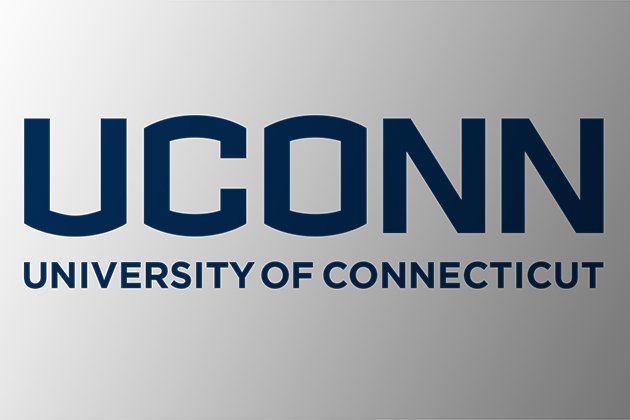UConn officials this month will recommend a proposed four-year tuition adjustment plan to the Board of Trustees that balances the need for increased revenue with the University’s commitment to accessibility and affordability.
The plan, which trustees will consider on Dec. 16, was presented Tuesday at the first of two campus Town Hall gatherings. The second takes place at 5 p.m. Thursday in the Student Union Theater.
The University also debuted a new website on Tuesday at tuitionupdate.uconn.edu to provide students and others with information they seek about the proposal.
The revenue that the tuition increase would generate in the first year will contribute $12.8 million toward closing the anticipated $40 million budget gap in 2016-17. The remaining $27.4 million gap will be mitigated through cuts, restrictive hiring, operational efficiencies, and other measures – all of which will be closely vetted to ensure they do not compromise UConn’s academic quality.
“The state has made extraordinary investments in the University over the past two decades which have helped make UConn one of the best public universities in the nation,” President Susan Herbst said. “Safeguarding that investment means protecting both UConn’s value and academic quality, which this proposal would do. Above all, we want UConn to be a university where our students can receive an exceptional education at a competitive value.”
Currently, UConn tuition is $10,524 annually for in-state students and $32,066 for non-residents.
Both groups also pay $2,842 in mandatory fees yearly, and the typical cost of housing and meals for those choosing to live on campus at Storrs is $12,174. Those costs are not changing under the proposal going to trustees this month.
Many UConn students do not pay full price for tuition, however, since more than three-quarters of them receive some form of financial aid – including 46 percent who are awarded UConn-funded gift aid that they do not have to repay.
For in-state students, the proposal being presented this month to trustees would adjust tuition by $700 in the first year – starting in the fall 2016 semester – and increase over the following years by $775 in 2017-18; by $850 in 2018-19; and by $950 in 2019-20.
Out-of-state and international students’ tuition would go up by $950 for 2016-17, and then again by $1,050 for 2017-18; by $1,150 for 2018-19; and by $1,250 for 2019-20.
This is the second time that the Board of Trustees has considered a four-year tuition plan rather than addressing tuition each year. The multi-year plan provides more detail and certainty for students as they plan with their families for their college careers.
However, this is the first time that UConn has considered increasing tuition by flat dollar amounts rather than by percentages, which is more transparent and more closely aligned with the real-world budgeting approach that families use in their own planning.
A review of UConn’s competitors – the schools that UConn applicants also applied to and received acceptances from – shows that UConn offers the best value by far for Connecticut residents. That would remain the case even with the proposed increases in place.
Also, every increase in tuition is matched by an increase in financial aid to help mitigate the effect of the increase.
The new tuition proposal also helps UConn avoid enacting a disproportionately high increase on out-of-state and international students that would put the University at a competitive disadvantage in drawing highly talented students from other regions.
Because out-of-state tuition is three times higher than in-state rates, percentage increases that have compounded over time have placed UConn as second only to the University of Vermont among competitors in the rates charged to non-resident students.
Connecticut students comprise about 80 percent of UConn’s student body – a ratio that is not expected to change anytime in the near future – but UConn does need to attract talented non-residents, as the number of high school graduates in Connecticut is shrinking.
Without non-residents attending UConn, the in-state tuition rate would have to increase by 40 percent to continue providing the academic quality currently offered.
The presence of students from other states and countries also adds valuable geographic diversity to UConn’s campuses, and about 20 percent of those non-residents remain in Connecticut after graduation, building careers, raising families, and adding to the tax base.
UConn has made tremendous strides in academic quality in recent years, becoming established in the Top 25 of U.S. News & World Report’s list of public universities; and reducing the student-to-faculty ratio from 18.3 students per professor down to 16.8 to 1.
The University has also decreased the average time in which students get their degree to 4.2 years – a critical component of affordability, since avoiding additional semesters translates into saving thousands of dollars both for in-state and non-resident students.



